by GardenLover | May 11, 2018 | Gardens to Drive
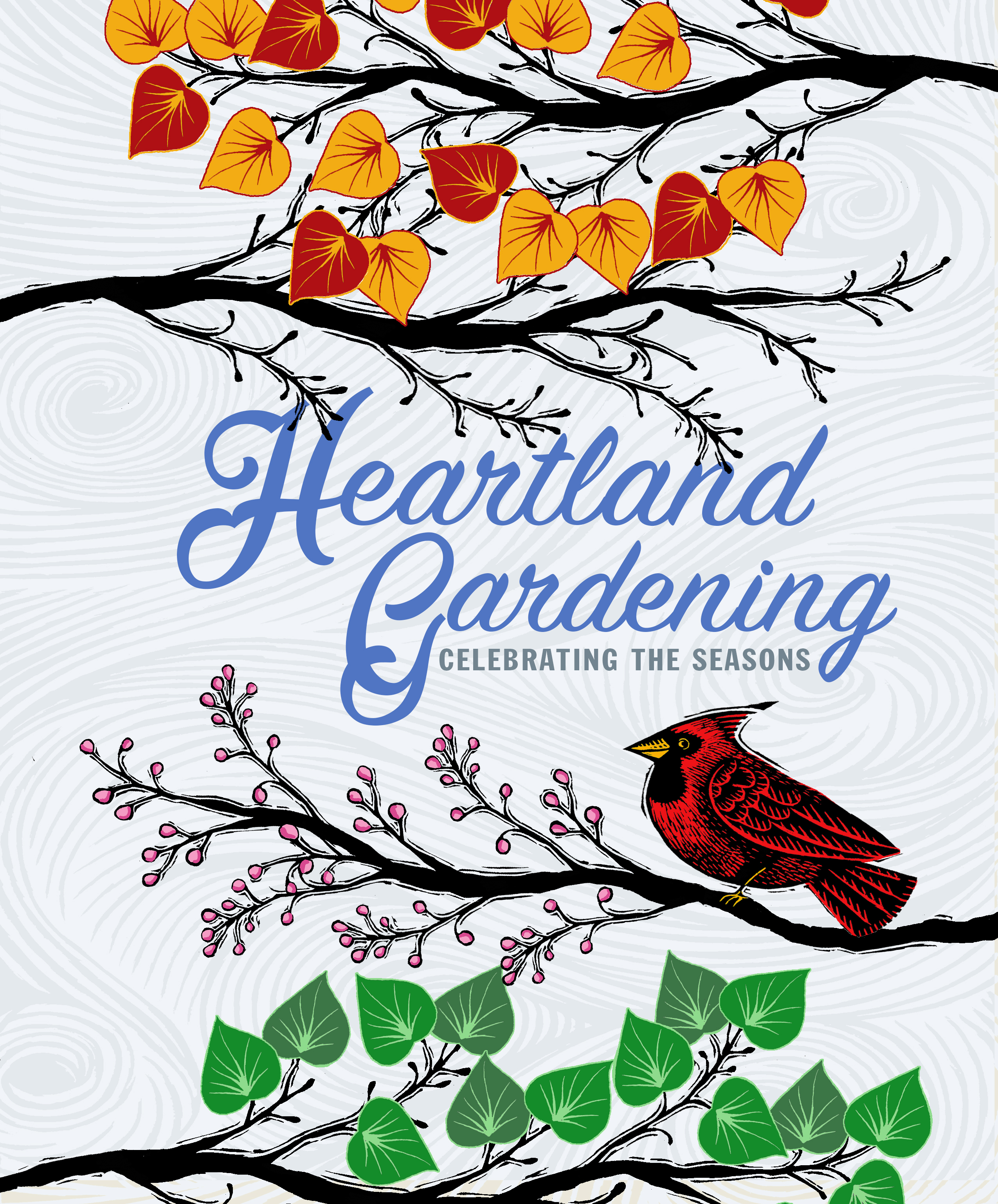
Debra and Michael will be promoting our new book Heartland Gardening Celebrating the Seasons as part of the Local Authors Expo, from 11 a.m. to 1 p.m. Saturday at the Southwest Public Libraries Grove City (OH) location. The event highlights the creative efforts of writers from Grove City and the surrounding area. Along with book sales, several authors, including Michael, will read from their works
Teresa, meanwhile, will be supervising the installation of landscape border then volunteering with the Master Gardeners Volunteers at a fairy gardening workshop at Hurt-Battelle Memorial Library in West Jeffferson (OH).
For more info on the expo please visit www.swpl.org.
by GardenLover | May 10, 2018 | Gardens to Drive

Debra will be discussing how to Grow, Muddle and Cook with herbs with Ann Fisher on WOSU 89.7 NPR-All Sides on Friday, May 11th at 11:00am
The Art of Fashioning Liquid Refreshment
By Debra Knapke
My first mojito… a warm summer evening and a cool drink made of spearmint, lime, sugar and rum. Not having a lot of experience with cocktails, this drink was a revelation: a way to get rid of an overabundance of mint from one’s garden and relax at the same time.
The art of creating drinks with herbs is not a new craft. In the past, herbs and alcohol were used to make water safe to drink. One drink – a shrub – was made with vinegar, fruit and herbs. This preserved fruit drink added Vitamin C to the diet in a time when fresh fruit was dear. The below shrub combines lavender and blueberries which are usually in flower and fruit at the same time.
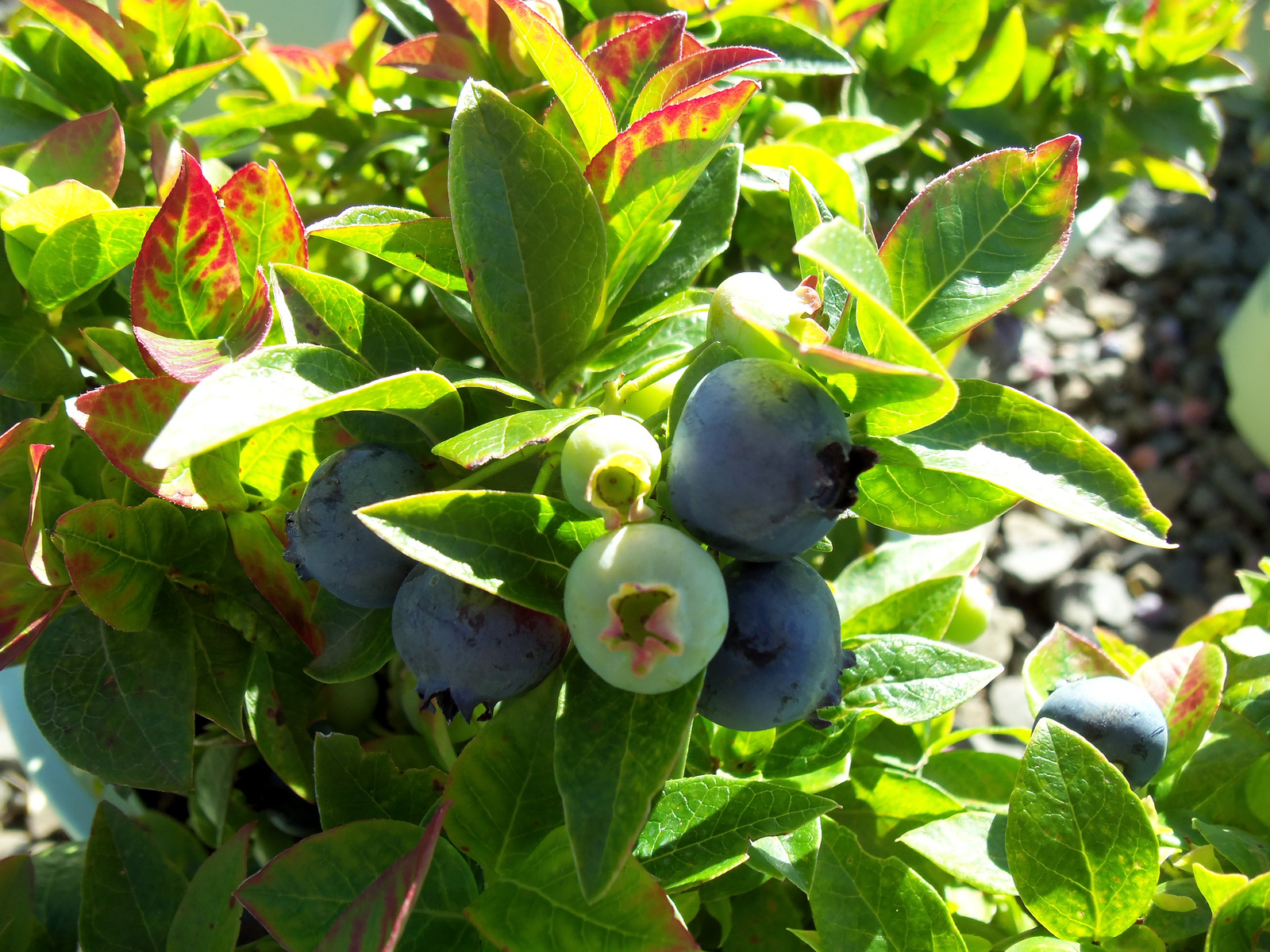
Photo by Jennifer Martin
Recipe: Blueberry-Lavender Shrub
1 pint blueberries, lightly crushed
1 c. sugar
1 c. apple-cider vinegar
8-10 lavender sprigs with flower buds only, no leaves
Combine slightly smashed blueberries with sugar in bowl and stir. Cover with plastic wrap and store in refrigerator to macerate – fruit releases its juices in the presence of sugar – for 1 day. Place lavender sprigs in the vinegar and infuse in a dark place for 1 day. Use a fine mesh strainer: pour blueberry mixture through and press lightly to squeeze out any remaining juice. Strain vinegar over the blueberries in the same strainer. Scrape any remaining sugar into juice. You may need to pour the juice back through the fruit to capture all the sugar. Pour through funnel into clean bottle. Cap and shake vigorously, and mark date on bottle. Store in refrigerator for a week before using. Can be refrigerated up to six months.
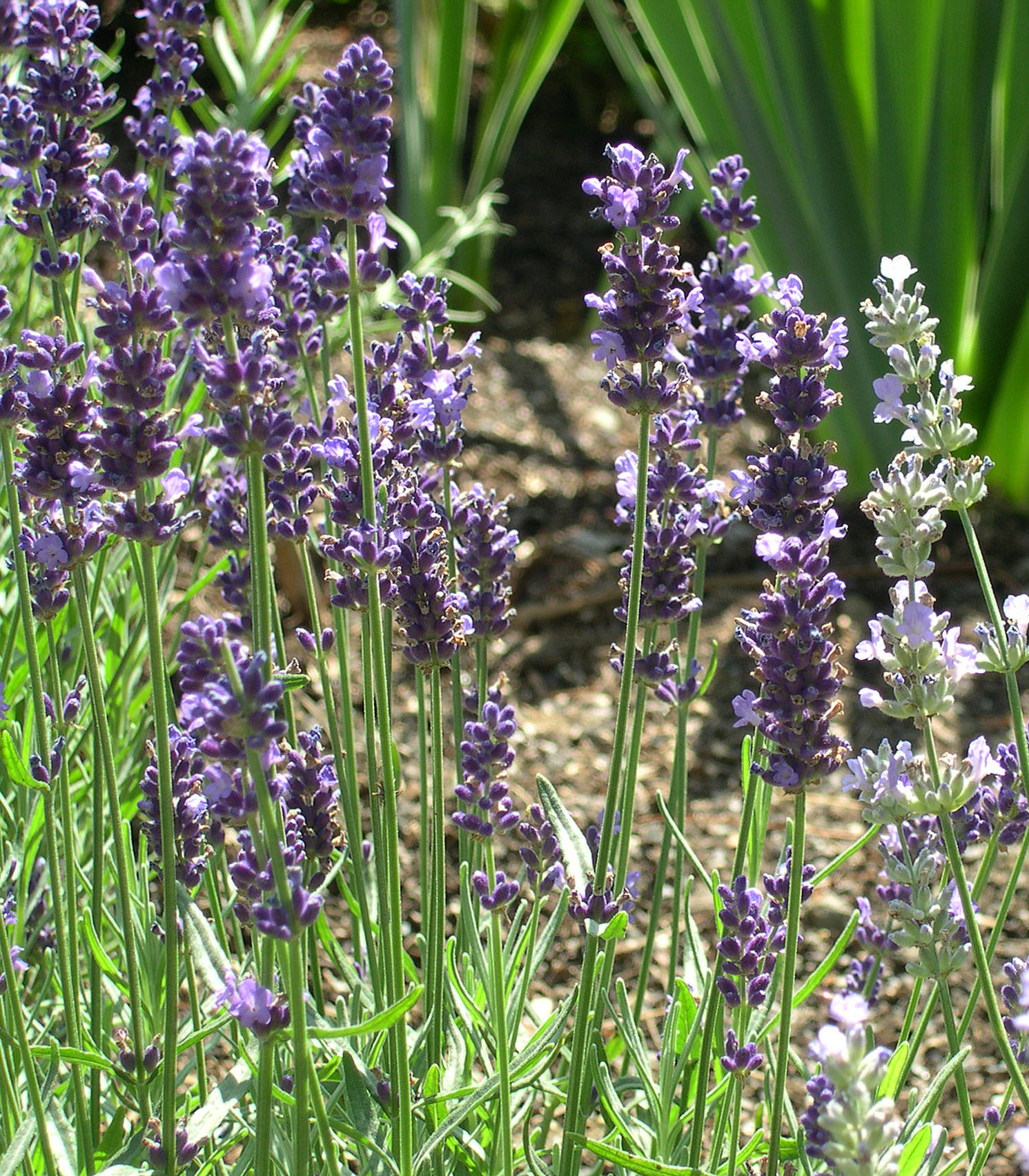
In the 18th and 19th centuries, herbs muddled and drowned in alcohol became the infamous patent medicines which were said to cure all that ails you. And if they didn’t, at least you didn’t care after tippling several small glasses of Dr. Pierce’s Family Medicine.
A more refined use of herbs and alcohol is the making of liqueurs and aperitifs. But beware: many of these are high in alcohol and are sometimes better used as a flavoring for a cocktail or diluted with seltzer or club soda. A note about water: Tonic has quinine, Mineral Waters – Perrier, Pellegrino – are naturally carbonated, Seltzer is plain water that has been carbonated, Club Soda is carbonated water with added minerals
For the temperate drinker herbs can be muddled with hot water to create tisanes (herbal teas) or infused with cool water and stored in the fridge for when you need a pick-me-up. This summer, experiment with different flavors. Try combining cucumber and spearmint or strawberry and basil.
Bon aperitif!
Debra will be discussing how to Grow, Muddle and Cook with herbs with Ann Fisher on WOSU 89.7 NPR-All Sides on Friday, May 11th at 11:00am
by GardenLover | May 7, 2018 | Gardens to Drive
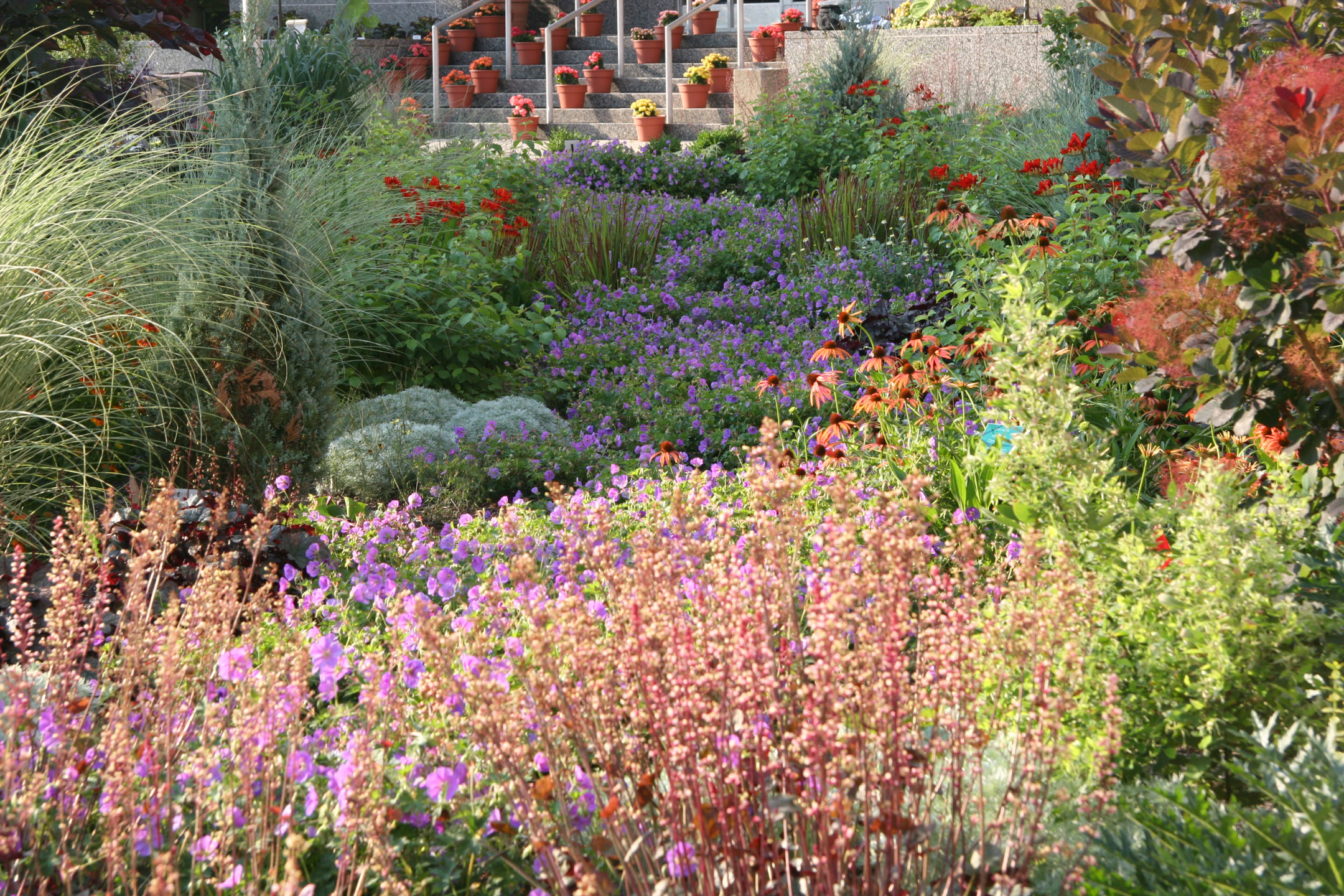 Visit a Public Garden on Public Gardens Day
Visit a Public Garden on Public Gardens Day
By Micheal Leach
Public gardens sparkle with enough delightful facets to rival an engagement ring. A bona fide plant geek, such as myself, is expected to say such a thing. Other people sing praises of these treasures, too, even if they don’t know a trowel from a trug.
Yet many people have no clue. The parks, gardens, arboretums and botanic collections are hidden in plain sight. They don’t think about them, much less visit, unless a garden geek relative or friend comes to town.
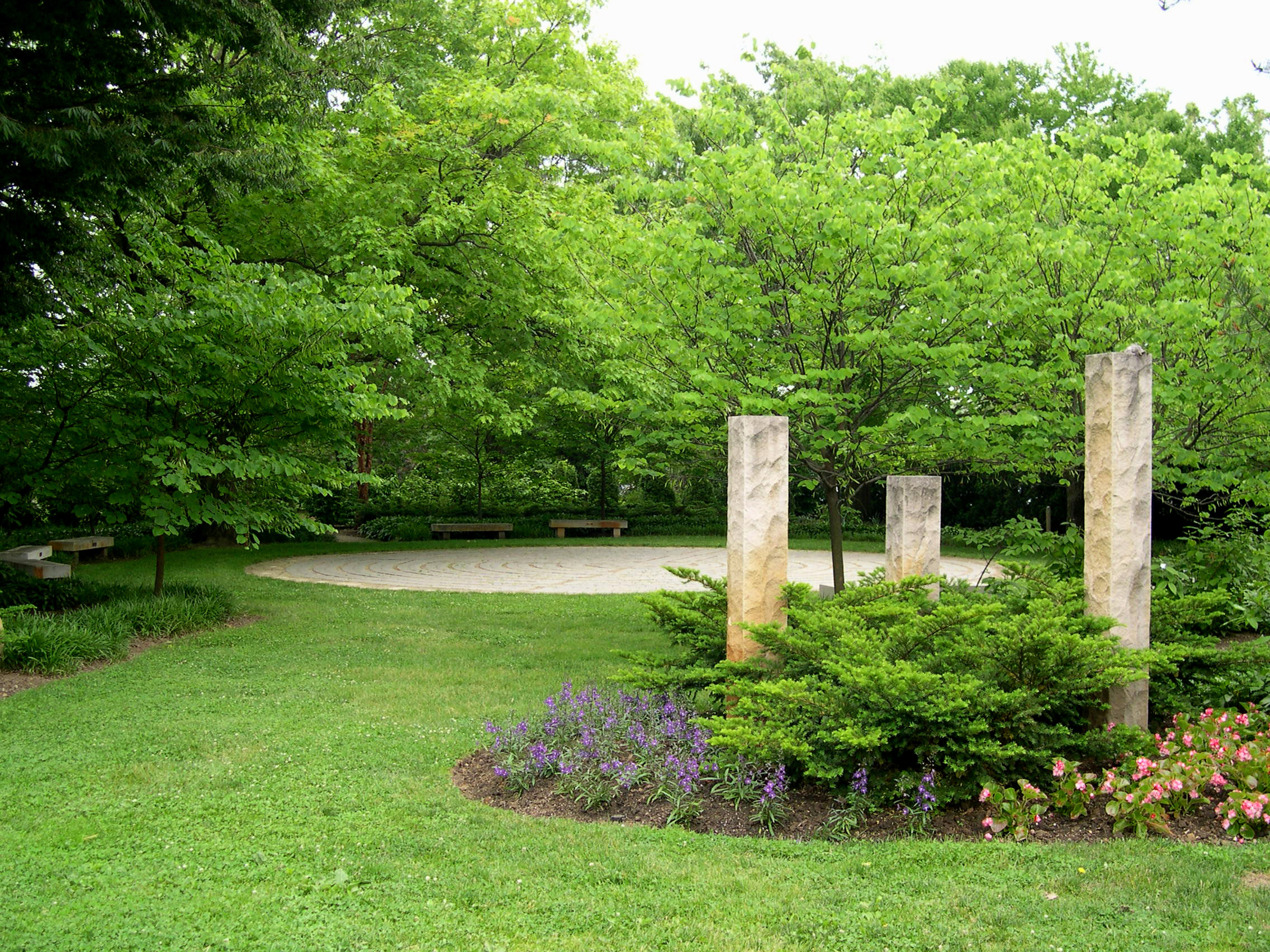
The labyrinth at Chadwick Arboretum
The American Public Gardens Association (APGA) aims to change this by creating more awareness of these places. There’s even a day designated as Public Gardens Day, Friday May 11.
[youtube https://www.youtube.com/watch?v=Clq53kxibRs&w=560&h=315]
I’ll confess, National Public Gardens Day isn’t noted on my calendar, and it’s probably missing from yours as well. A press release from The Ohio State University Chadwick Arboretum & Learning Gardens, in Columbus, was my wake-up call. Casey Sclar, executive director of the APGA is making an appearance at Chadwick’s annual fund- raising plant sale May 10-12.
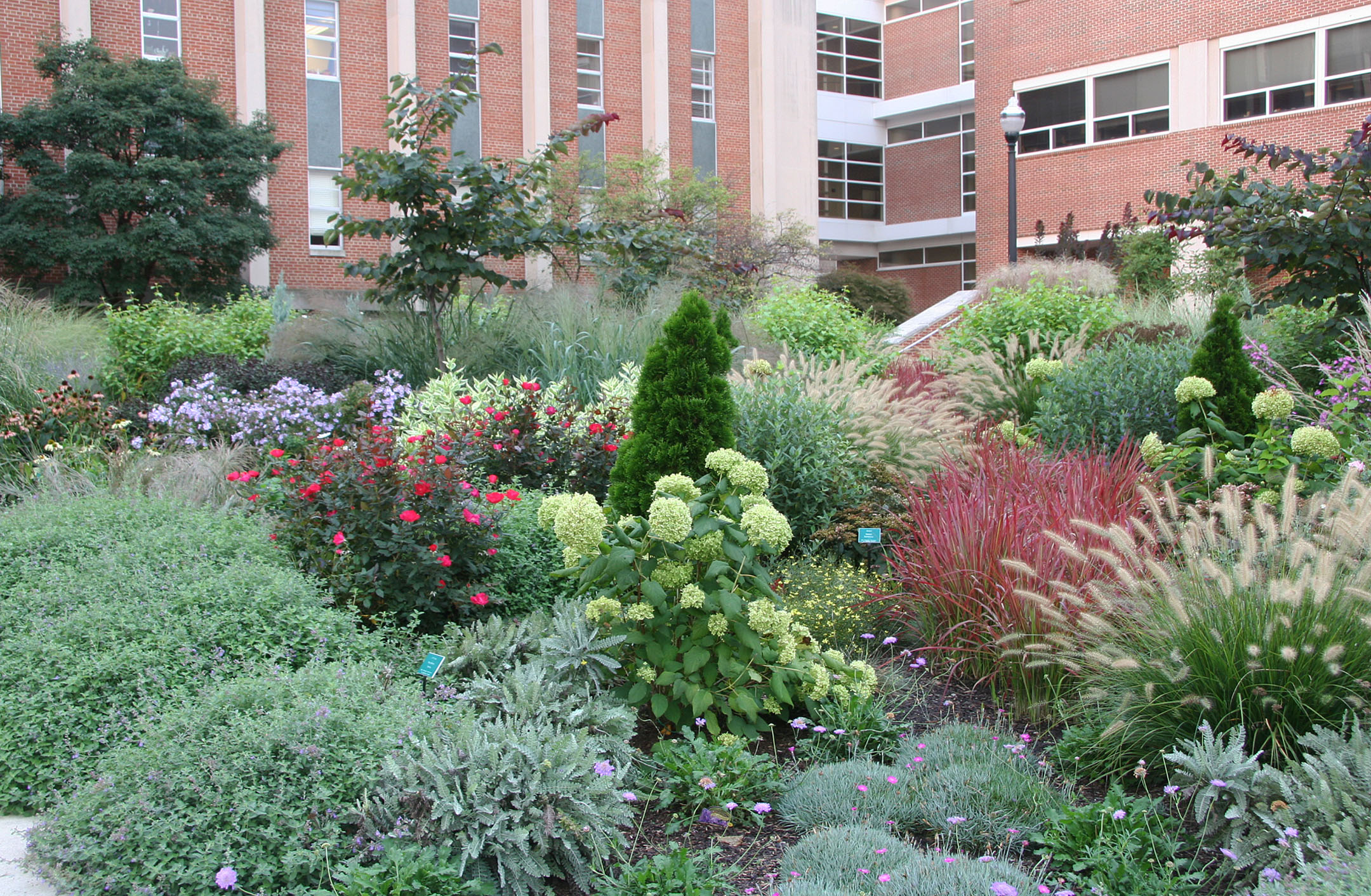
Steven Still garden at Chadwick Arboretum
Perhaps this post will stir some interest in public gardens in your part of the Midwest and elsewhere — and inspire your support for the plant sales and other fund raisers that benefit them. Many Midwest towns, small cities and metro areas offer appealing public spaces. Check out this list from APGA.
There’s good reason to support them. In an age where more “woe is me” comes with each new day, nature connections are essential survival tools. Science keeps proving what gardeners and other “outsiders” have always known: Being in nature, working with plants and other outdoor activity is good for you. Even a short walk in a natural setting, whether woods or park, calms pulse and lowers blood pressure.
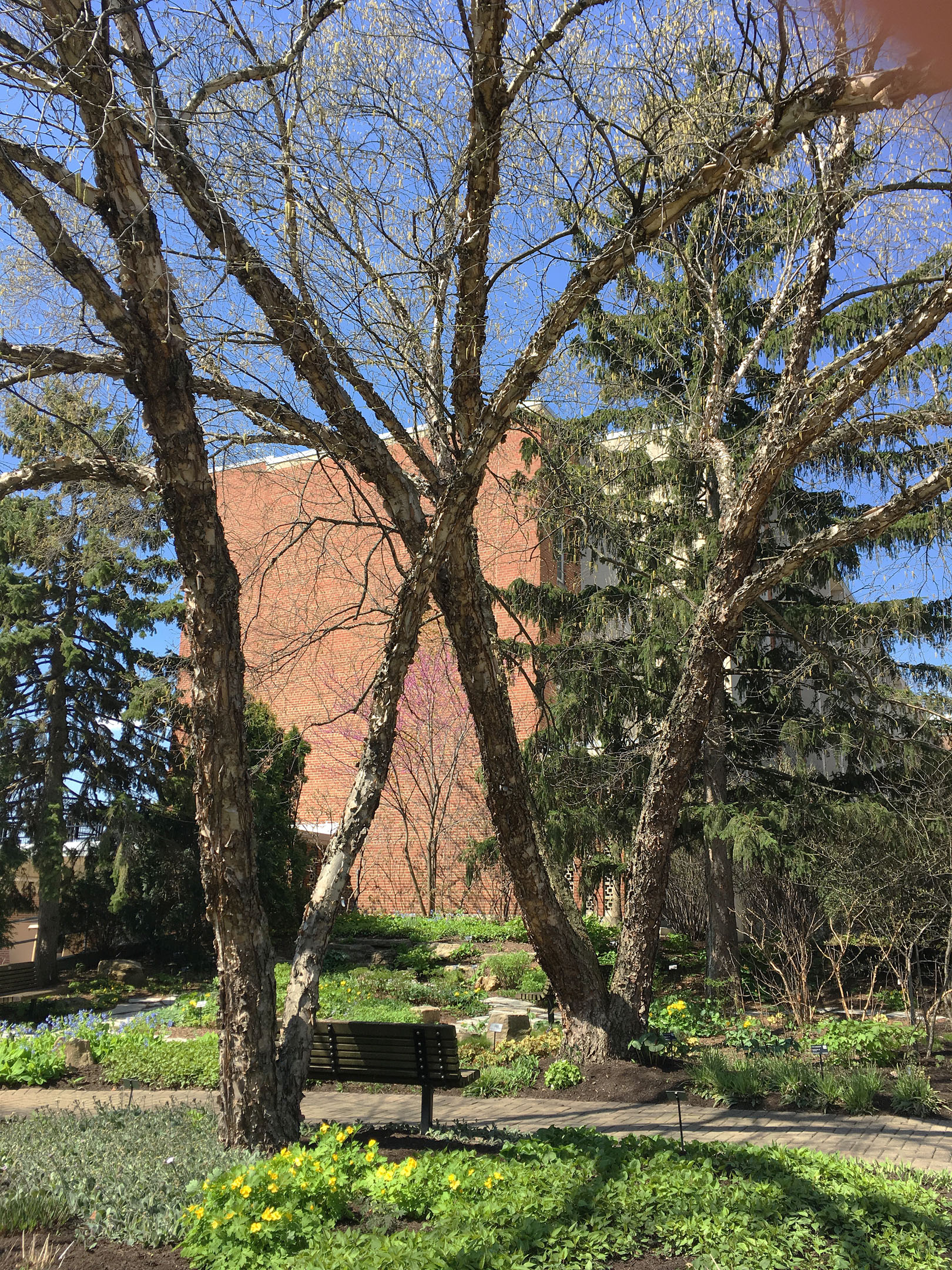
Woodland Garden at Chadwick Arboretum
Besides Chadwick, there are plenty of cool public gardens in Ohio’s capital. As I reside in suburban Columbus, let me toot our horn on a few of the many spots to see should you come this way. There’s the Columbus Park of Roses, a popular wedding venue and one of the nation’s largest public rose gardens. Franklin Park Conservatory and Botanical Gardens offers multiple appeals to green thumbs and their friends and families. The Topiary Park downtown even charmed an English garden friend of mine. Inniswood Metro Gardens features an array small gardens. On a grander scale is Dawes Arboretum in nearby Newark. The Japanese garden there is a sure cure for stress.
Besides all these pluses, Sclar reminded me of OSU’s history of horticulture and the entire city of Bexley being an arboretum. While Columbus is only the 15th largest metro area, but it has a “depth of horticulture.”
“The Columbus area has a rich diversity of public garden spaces and served as the site of the 2012 Annual Conference of public garden professionals,” said Joan Thomas of the APGA. “These gardens are doing amazing things and showcase horticultural excellence among public gardens in the U.S.”
Mary Maloney, Chadwick’s executive director, invited Sclar. She is among several central Ohio public gardens representatives active in APGA leadership positions.
Sclar and Maloney are to appear on “All Sides with Ann Fisher”” on WOSU 89.7 FM May 11 as part of the annual Spring Sale and Auction Fundraiser.
Like most public gardens, Chadwick Arboretum is dependent on earned revenues for support. Such support comes from sales, weddings and other activities. About 70 percent of public gardens have corporate events, such as meetings, Sclar said.
By why should the non-gardener care about such gardens?
“They are places for wellness, health, and beauty,” Thomas said. “They provide a welcoming setting for social connection with others, whether walking, taking a class or listening to a concert; they serve as places to mark life occasions; they are a place for mental healing and peace for those needing it (whether veterans, caregivers, those grieving, or those just needing to power down).”
Plus they are excellent places to find what performs best in the local area, Sclar added.
No wonder there’s a day set aside to celebrate these places.
To learn more, check out our friend Diana Lockwood’s article from Sunday’s Columbus Dispatch.
by GardenLover | Apr 24, 2018 | Gardens to Drive
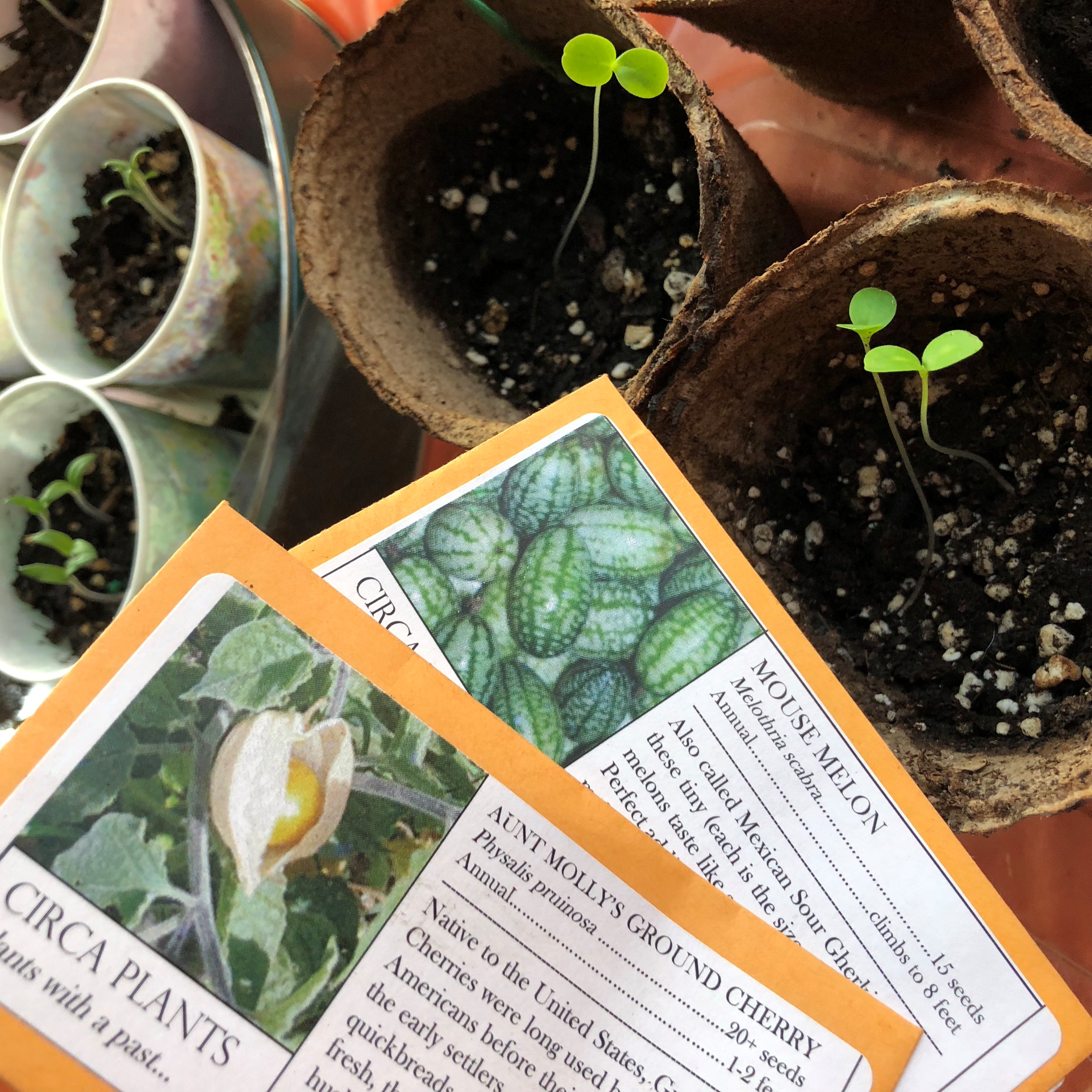 By Teresa Woodard
By Teresa Woodard
Giant pumpkins, watermelons and tomatoes may win blue ribbons at the county fair, but some gardeners prize smaller, bite-sized veggies for their big flavor. They’re easy to grow in smaller gardens (even containers), ideal for snacking and may not even make it to the kitchen once harvested in the garden. Here are five bite-sized veggies to try this season.
Cherry tomatoes: Cherry tomatoes are easy to grow and produce an abundance of tomatoes for snacks, salads and roasting. ‘Sungold’ is an exceptional orange cherry tomato variety and a favorite in a recent poll among tomato growers. Other standouts are three All-American Selections award winners. They include Midnight Snack, a black-purple variety with healthy antioxidants; ‘Candyland Red,’ a dark red, sweet flavored variety, and ‘Patio Choice Yellow,’ a new compact variety developed specifically for small spaces and container gardens.
Cucamelons: These oh-so-cute veggies were the darlings of last summer’s Instagram garden posts. Also known as Mexican Sour Gherkin, mouse melon or “Sandita” (little watermelon in Spanish), cucamelons taste like cucumbers with a touch of lemon. They’re grown much like cucumber vines and can be planted in containers or as an edible ornamental vine along a trellis in cottage gardens.
Ground Cherries: These marble-sized, golden fruits taste like pineapple with hints of cherry tomato and vanilla. Their sweet flavor earns them nicknames like “strawberry tomato” and “Cossack pineapple.” Enjoy them in salads, jam, pie, cobbler, sauces or dried like raisins. The fruits drop from the plants when they are ripe, hence the name ground cherry. The only challenge can be getting the seeds to start. For best results, sow indoors in April, cover seed trays and keep the trays warm until the seeds germinate. The top of a refrigerator works well. Transplant the seedlings in the garden after the threat of frost has passed.
‘Cherry Belle’ Radishes: These round, smooth scarlet radishes are ¾ inches in size and have a crisp, white flesh. They grow easily from seed when planted in cool spring weather and are ready to harvest in just 23 days. They are an All-American Selections award winner and beloved for their mild flavor.
‘Sweetie Pie’ Peppers: This 2017 All-American Selections award-winning miniature bell pepper is easy to grow and produces an abundance of peppers even in hot and humid conditions. The attractive plant is well-adapted for containers and small gardens. Fruits can be harvested 60 to 70 days from transplanting either in green or red. These small peppers are 2.5 inches by 3 inches in size and are thick-walled, sweet and flavorful. These peppers can be eaten fresh, grilled, stir-fried or stuffed.





 Visit a Public Garden on Public Gardens Day
Visit a Public Garden on Public Gardens Day


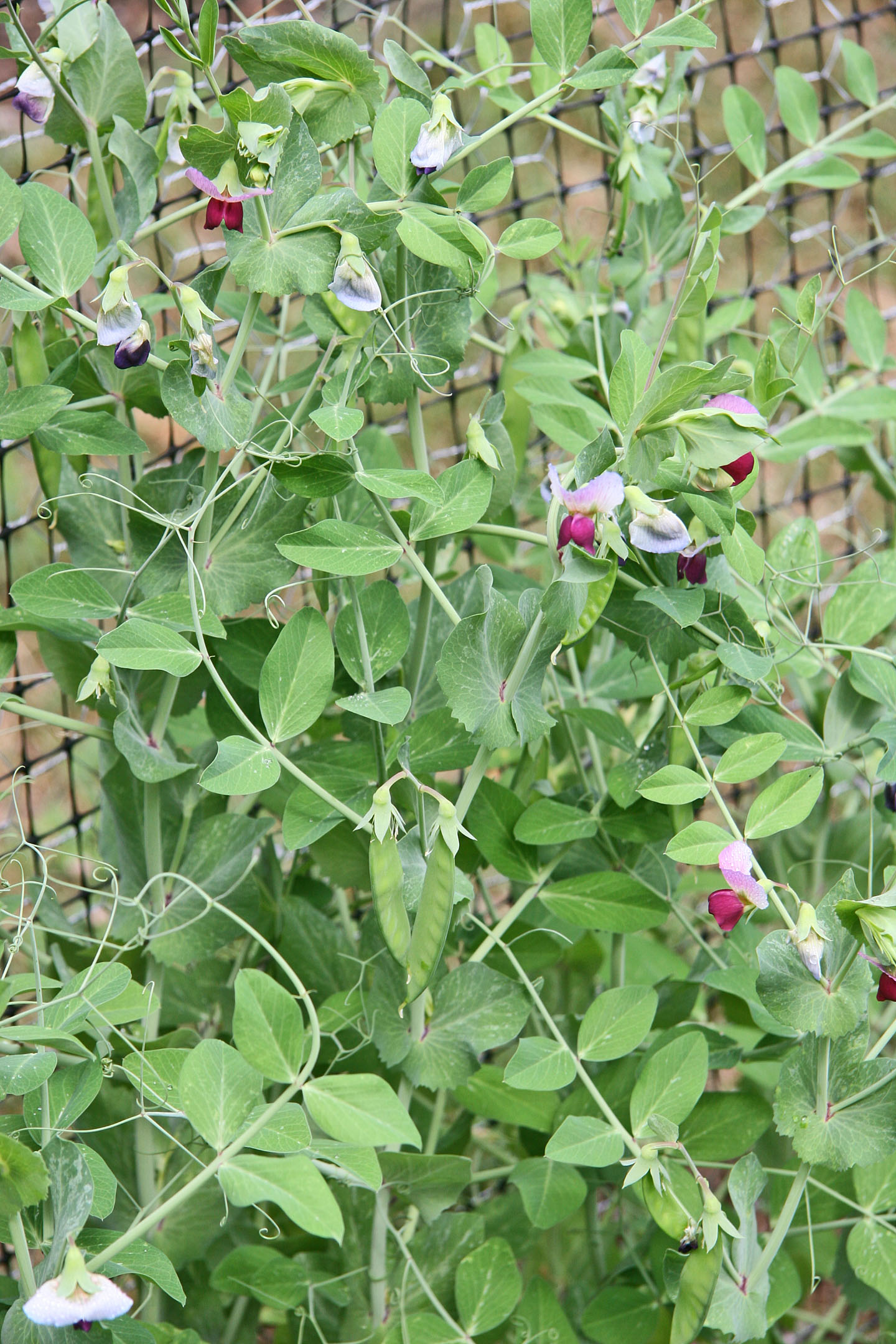 Tune in for Debra’s pea planting tips and recipes. https://anchor.fm/teresa40/episodes/Favorite-Edible-Peas-e1blk7
Tune in for Debra’s pea planting tips and recipes. https://anchor.fm/teresa40/episodes/Favorite-Edible-Peas-e1blk7 By Teresa Woodard
By Teresa Woodard